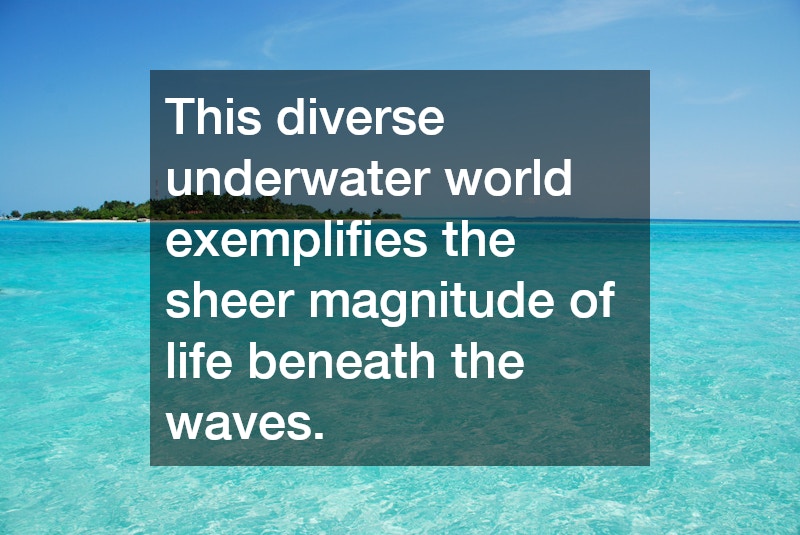
Turtle watching offers a unique glimpse into the world of marine life, and while turtles are the main attraction, they are far from the only wildlife you may encounter on such trips. The rich biodiversity of coastal and marine environments supports a host of fascinating creatures. Exploring these ecosystems not only enhances the turtle watching experience but also broadens our understanding and appreciation of our oceans.
Sea Birds
One of the first groups of animals you are likely to notice when you go turtle watching is sea birds. With their sharp eyes and agile flight, birds such as seagulls and pelicans are often spotted soaring above the waves or diving for fish. Their presence is not merely for show; these birds play a crucial role in the coastal ecosystem by managing fish populations and providing food for other predators.
Many sea birds are migratory, traveling vast distances and using coastal areas as breeding or resting sites. Species like the albatross can be seen gliding elegantly close to marine turtle nesting beaches, lending a touch of grace to the oceanic panorama. Enthusiasts may also encounter rare birds like the black skimmer or sea terns, which can be a thrilling sight for any bird watcher.
Observing sea birds provides a holistic view of the intricate connections within marine ecosystems. The interactions between these birds and turtles can be subtle yet significant, as they often share the same nesting territories. These dynamics depict the interdependent relationships that sustain biodiversity in marine environments.
Fish
While turtles gracefully navigate through water bodies, an array of fish species often accompanies them, each adding a splash of color and life to the underwater scenery. Schools of small fish, such as sardines and anchovies, are common in these habitats and serve as a primary food source for larger marine creatures. These fish collectively form an essential part of the food web, supporting both migratory and resident species.
Turtle watchers may be fortunate to witness larger predatory fish, like barracudas or groupers, patrolling the waters. These predators contribute to controlling fish populations, thus maintaining the balance within the ecosystem. Additionally, vibrant reef fish, including parrotfish and angelfish, can often be seen in coral-rich areas, showcasing nature’s palette of colors.
Exploring the fish life around turtle nesting sites can reveal the ecosystem’s health and biodiversity level. Healthy fish populations indicate well-functioning ecosystems that are crucial for supporting larger marine species like turtles. Observing fish in their natural habitats enhances our understanding of the marine life cycle and the ocean’s role in global biodiversity.
Crabs and Crustaceans
When visiting turtle habitats, the presence of various crabs and crustaceans is unmistakable as they scurry across the beach or hide among rocks. Ghost crabs are among the most common seaside occupants, often seen digging burrows and occasionally snatching leftover turtle hatchlings. Their role as opportunistic feeders demonstrates the interconnectedness of life within these dynamic landscapes.
The diversity extends to marine crabs like the agile swimming crabs, which can be sighted inhabiting shallow coastal waters. These crabs are key players in nutrient recycling, as they feed on detritus and help clean the environment. Such interactions highlight how crustaceans contribute to the health and sustainability of marine ecosystems.
Experiencing the varied world of crustaceans adds another layer to the turtle watching adventure. These creatures, though often overlooked, are vital in maintaining ecological equilibrium and serving as indicators of environmental changes. Learning about their habits enriches the narrative of survival and adaptation within coastal habitats.
Other Marine Life
Aside from turtles, you might also encounter dolphins or even the occasional manatee during your turtle watching endeavor. These marine mammals are often seen cohabiting the same aquatic playgrounds, providing a mesmerizing spectacle for onlookers. Their behaviors, such as playful jumps and gentle glides, offer insights into their complex social structures and communication patterns.
Smaller sea creatures like starfish and sea urchins are also likely to make an appearance, dotting the sea floor with their unique shapes and vibrant hues. Observing them up close can be a rewarding experience, enhancing our appreciation for the intricacies of oceanic life. These organisms are vital for the health of coral reefs and the seabed, contributing to the overall biodiversity of the area.
The chance to see such a wide array of marine life teaches us about the web of life that connects all ocean dwellers. Each organism, from the smallest sea snail to the largest dolphin, has a pivotal role in these ecosystems. This diverse underwater world exemplifies the sheer magnitude of life beneath the waves.
.





